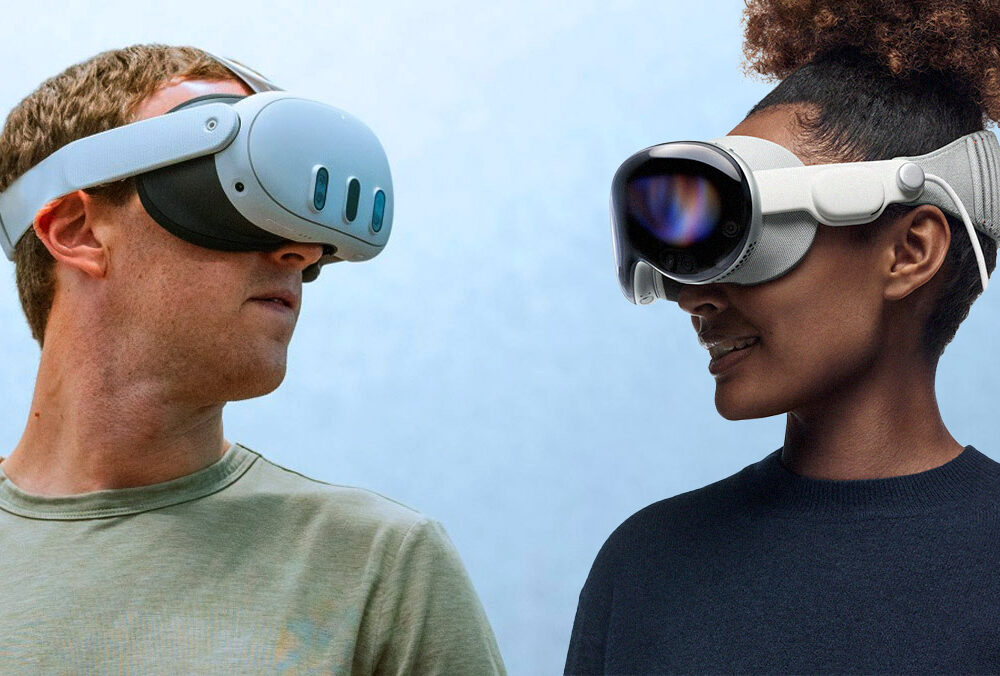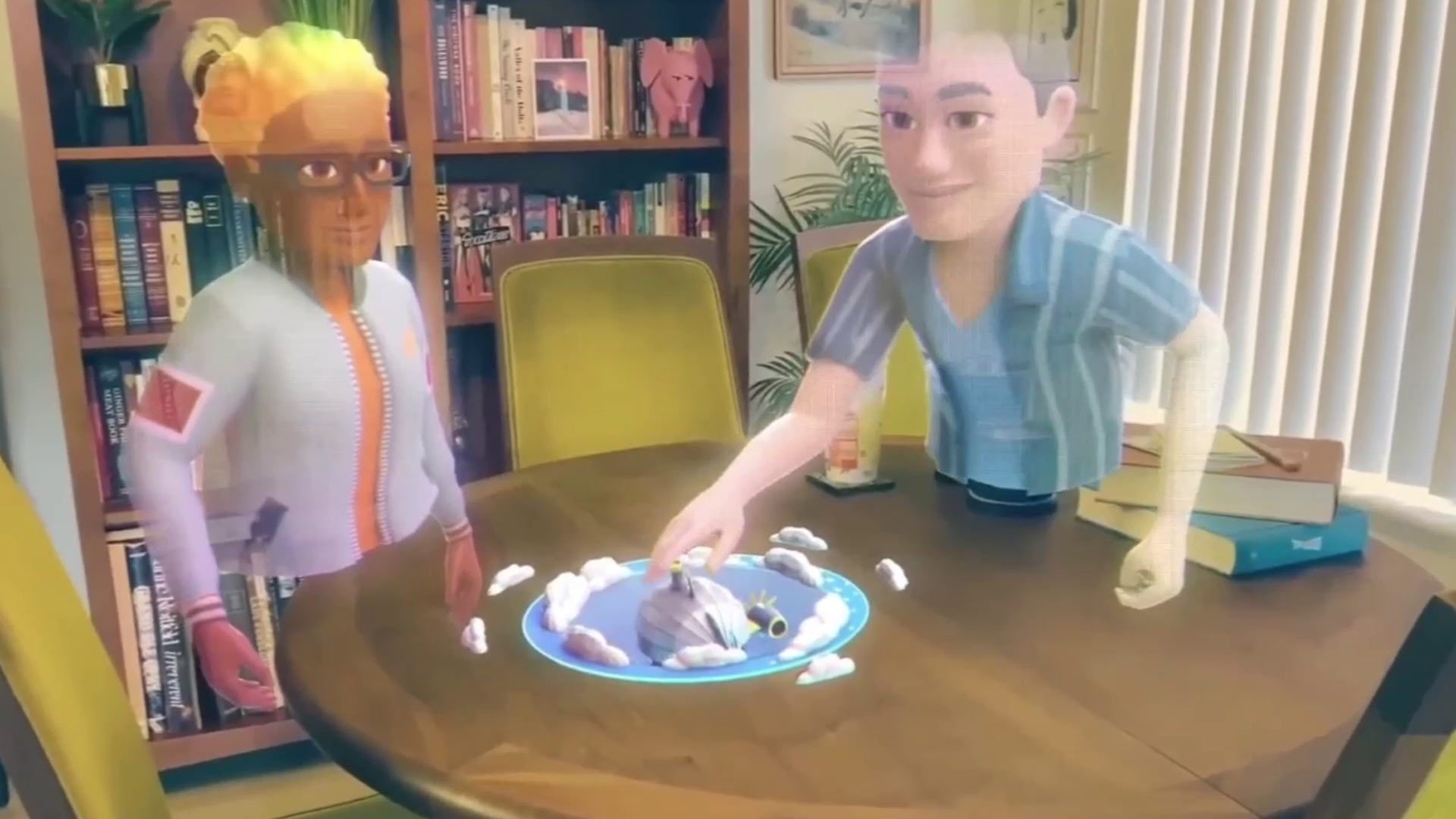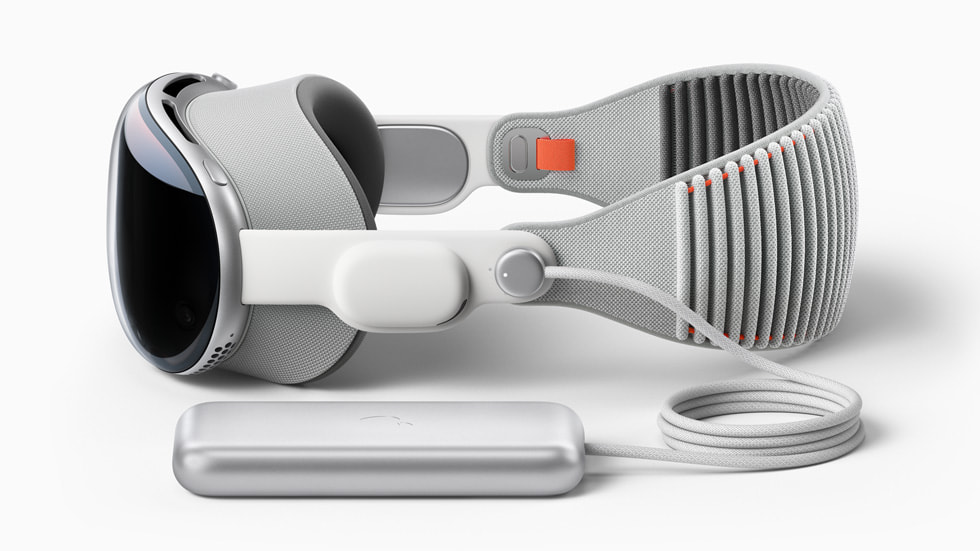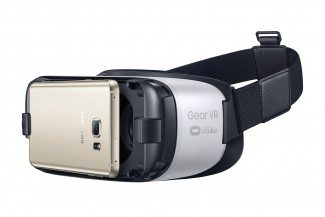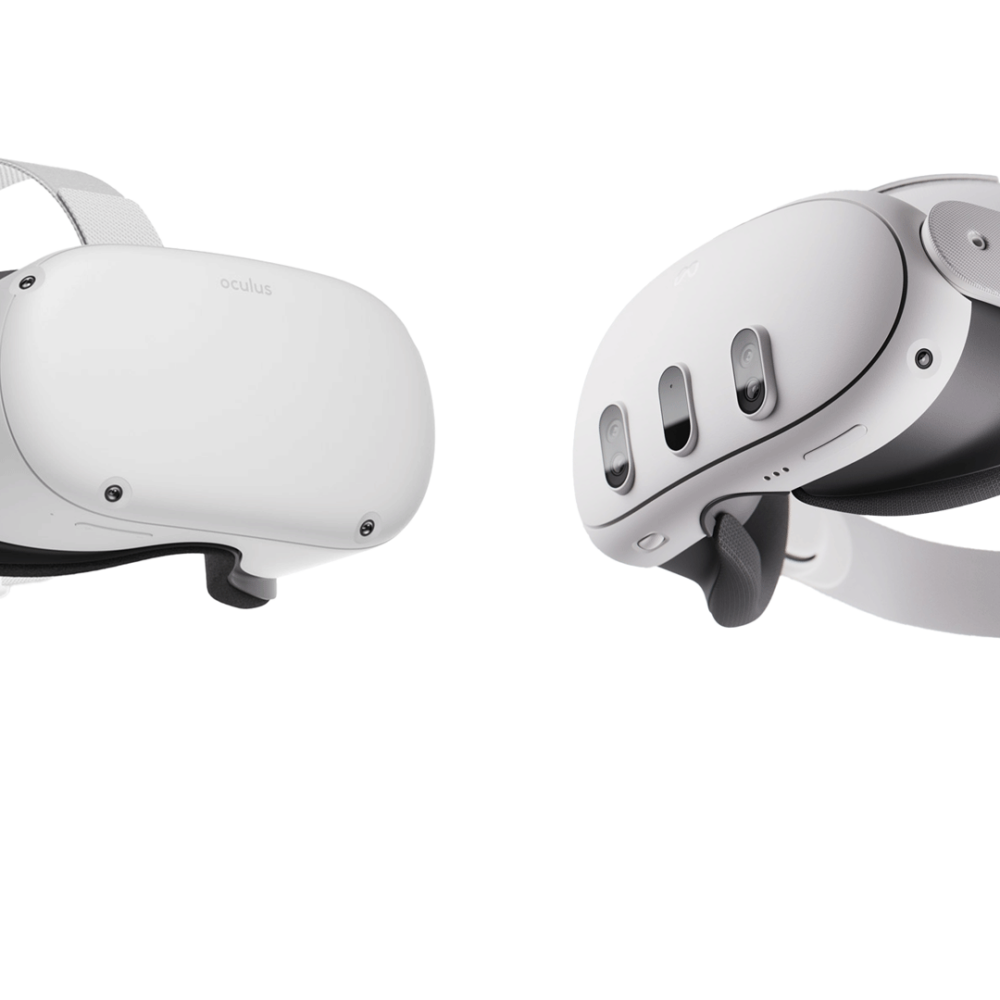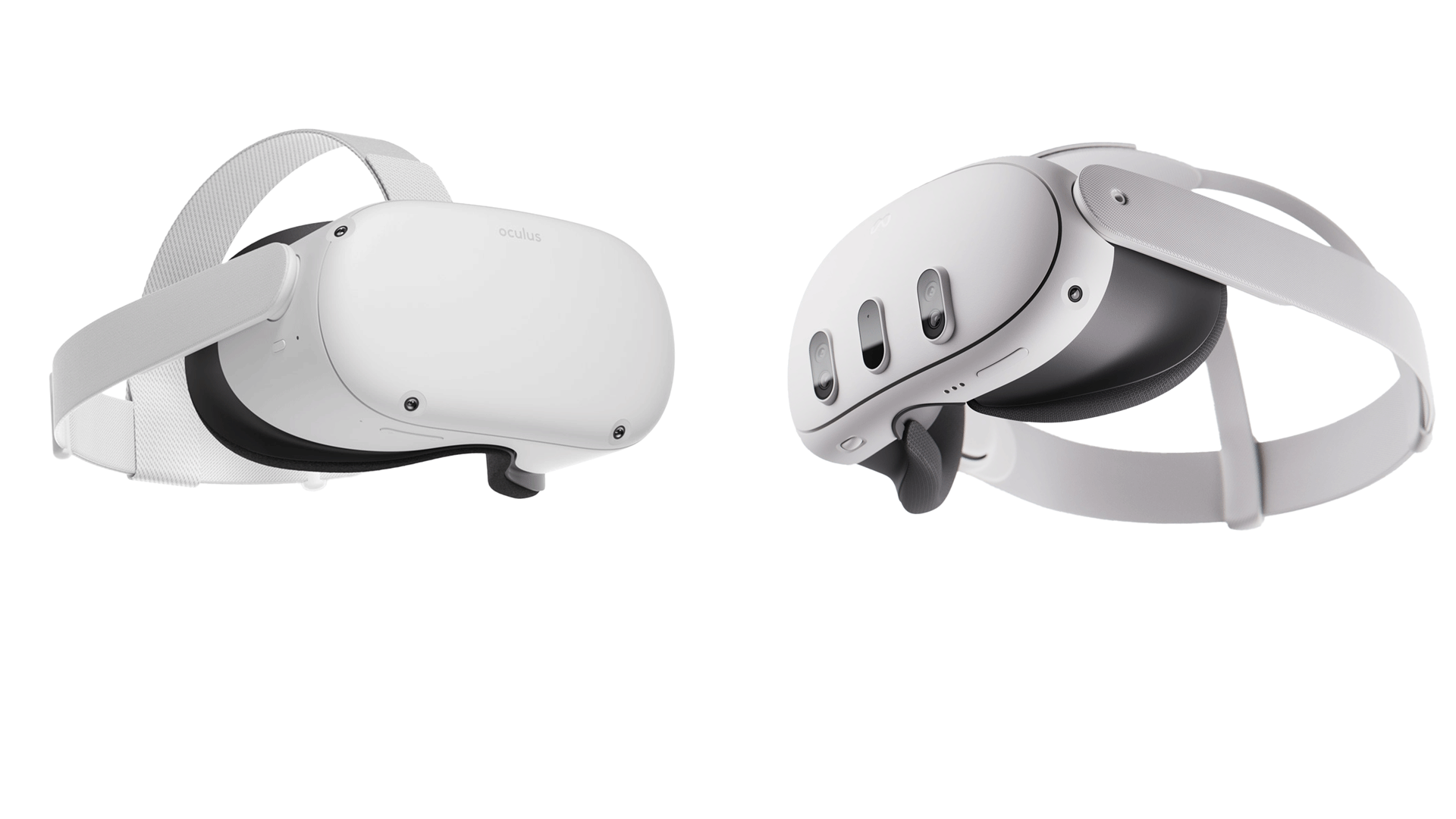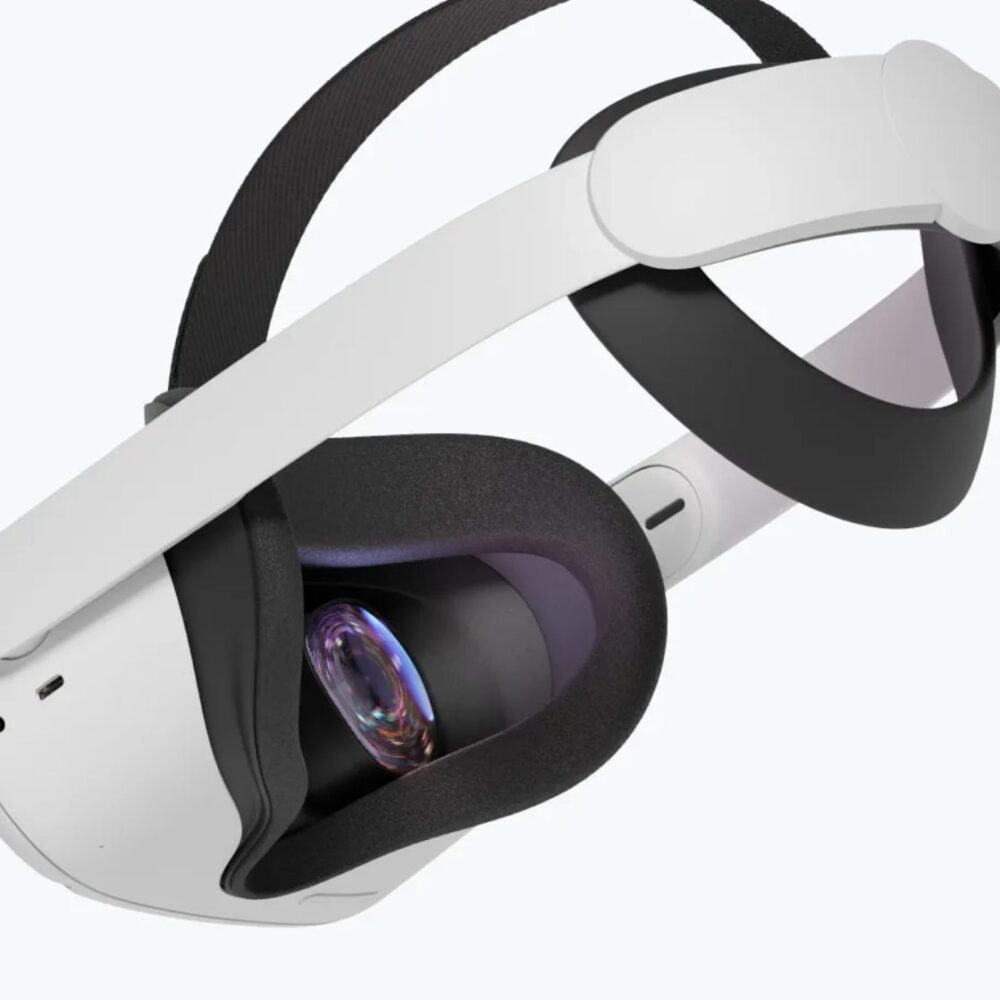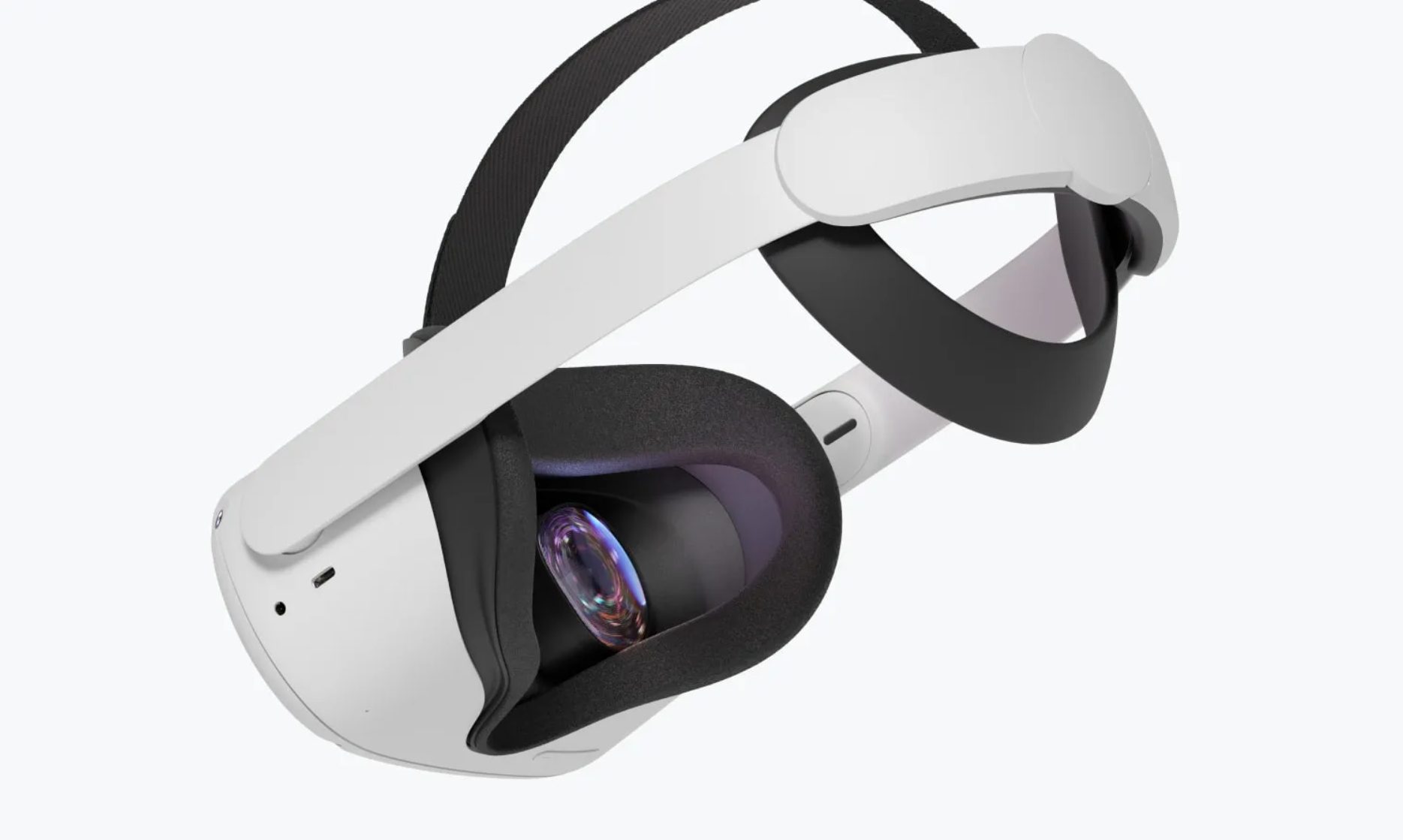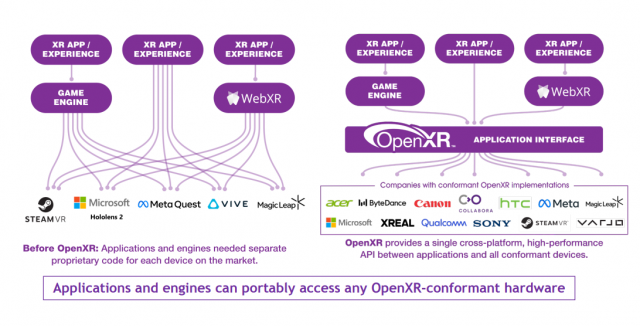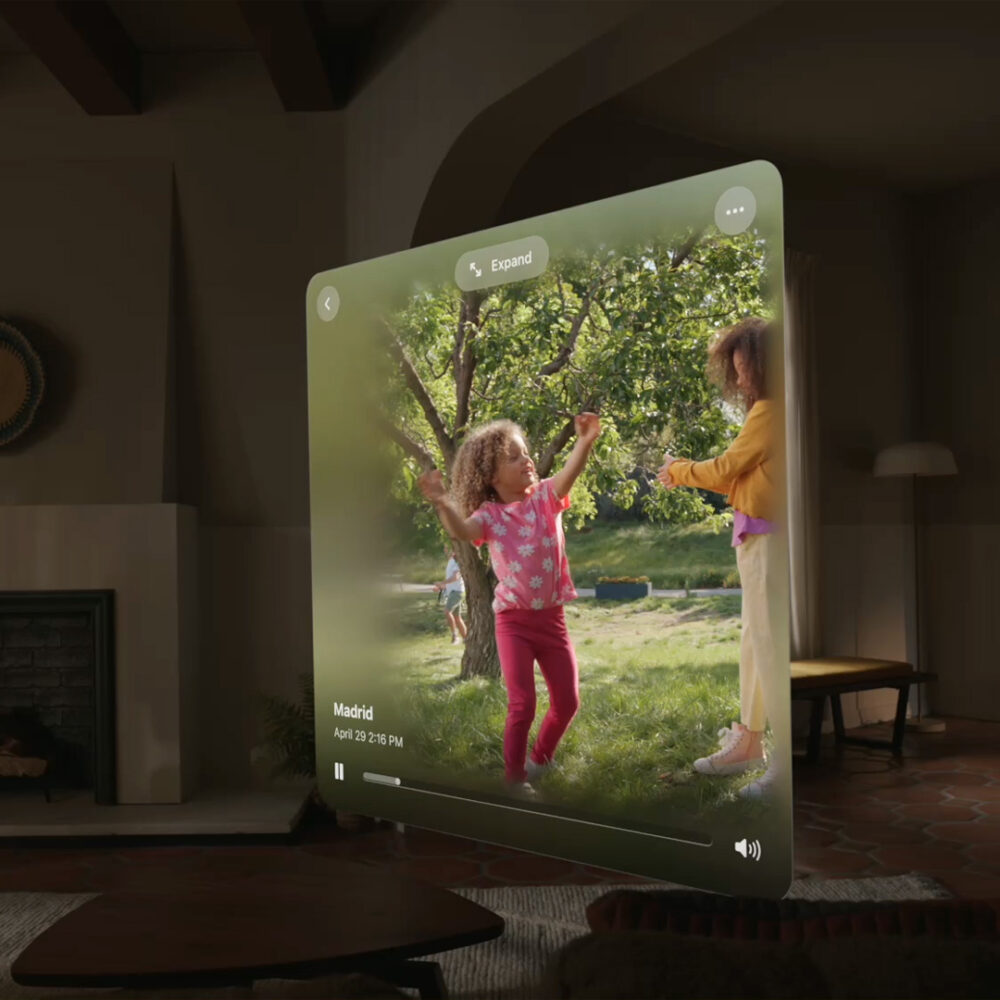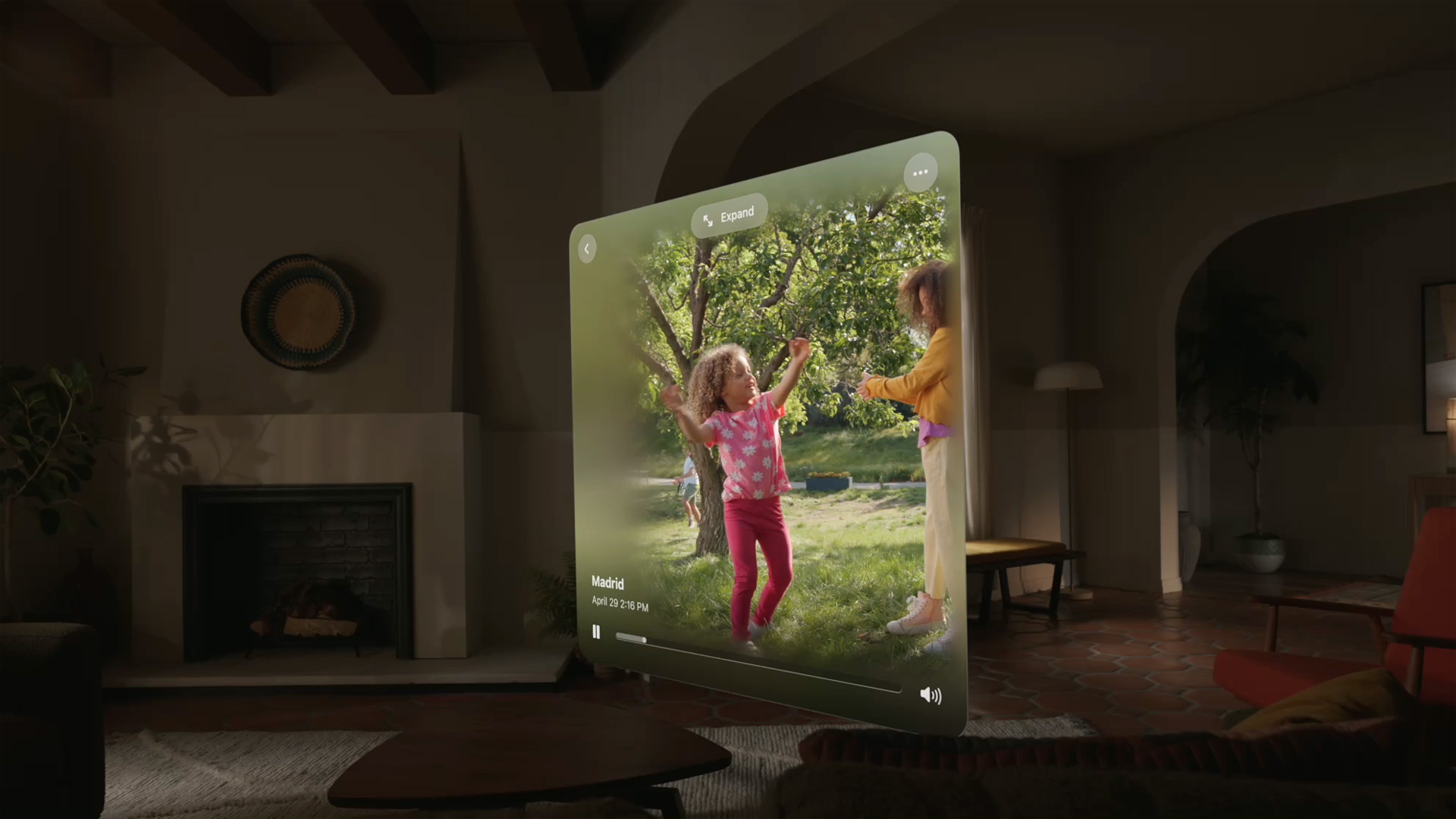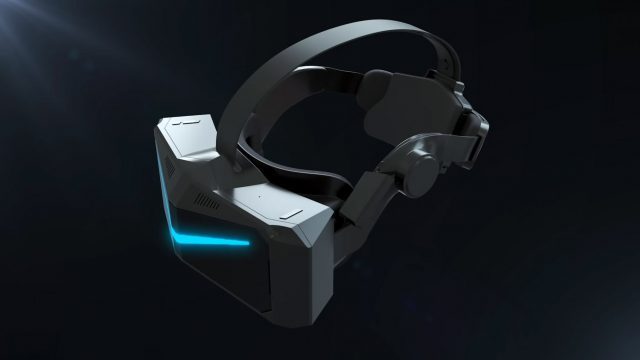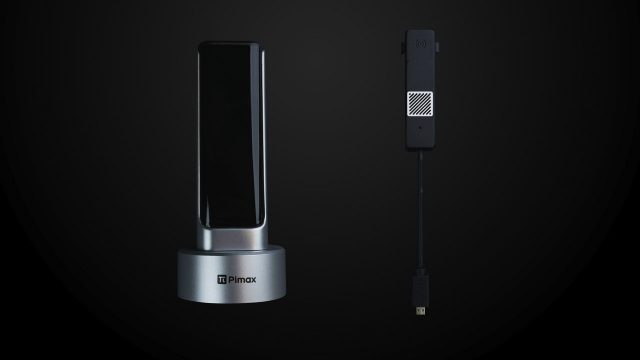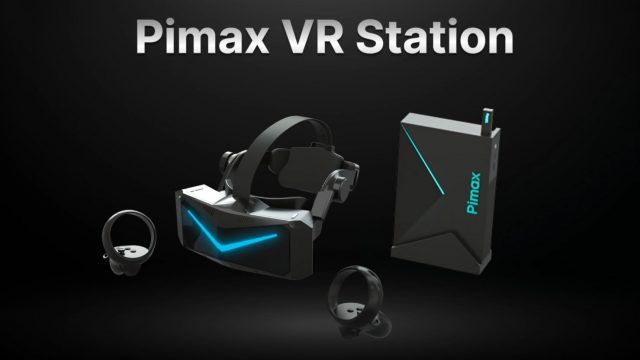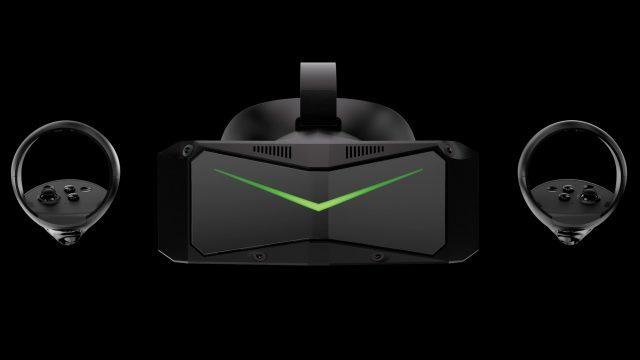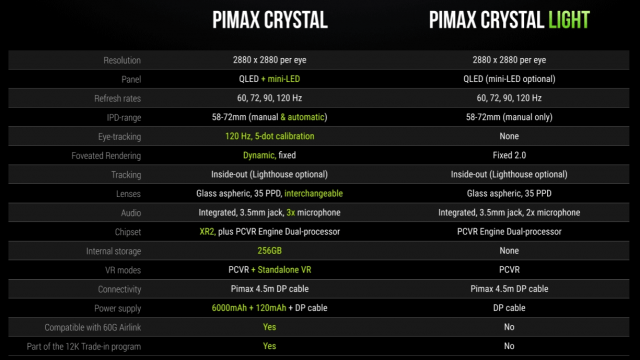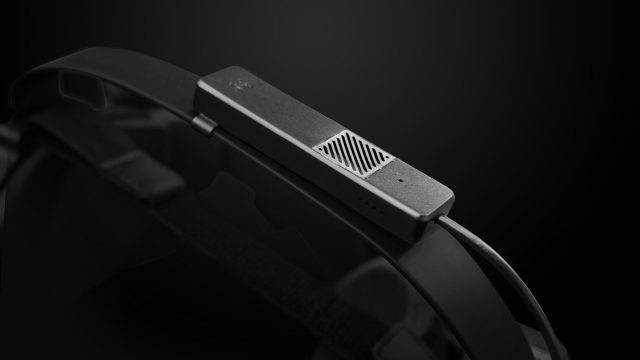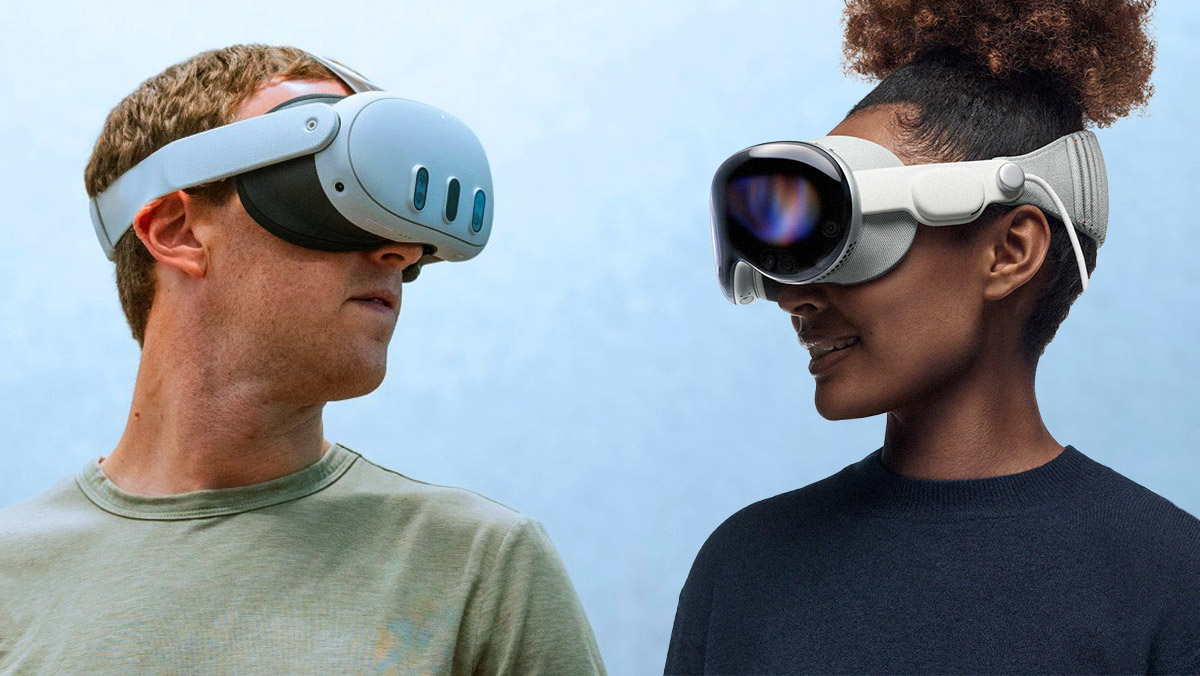
Meta is set to release its v65 update to Quest, promising a number of improvements ostensibly spurred by its ongoing competition with Apple Vision Pro.
The company says in a recent blogpost that v65 will include updates to the spatial video playback feature introduced in v62, a new way to view panoramic stills in-headset, and improvements to how passthrough works on Quest 3.
In early April, Meta rolled its v64 update for Meta Quest 3, which included marked boost in passthrough quality, improving color, exposure, contrast, and dynamic range for a more realistic view in mixed reality. Now the company says it’s tweaking passthrough again, bringing more of its UI into mixed reality.
When it starts rolling out gradually, users will notice that Quest 3’s lockscreen, power-off menu, and other panels will no longer appear in the previous gray void-like VR environment, but now allow you to continue seeing your environment until you take off the headset—basically like how it’s done on Vision Pro.
Other v65 updates include the ability to upload upload panoramic photos or spatial video to Quest headset using the Meta Quest mobile app, now available for users of iPhone on iOS 17 and later. Being able to view iPhone-captured spatial video was one of the big features touted by Apple Vision Pro, which Meta was quick to undercut with its v62 release in February, bringing native support for the MV-HVEC video codec.
